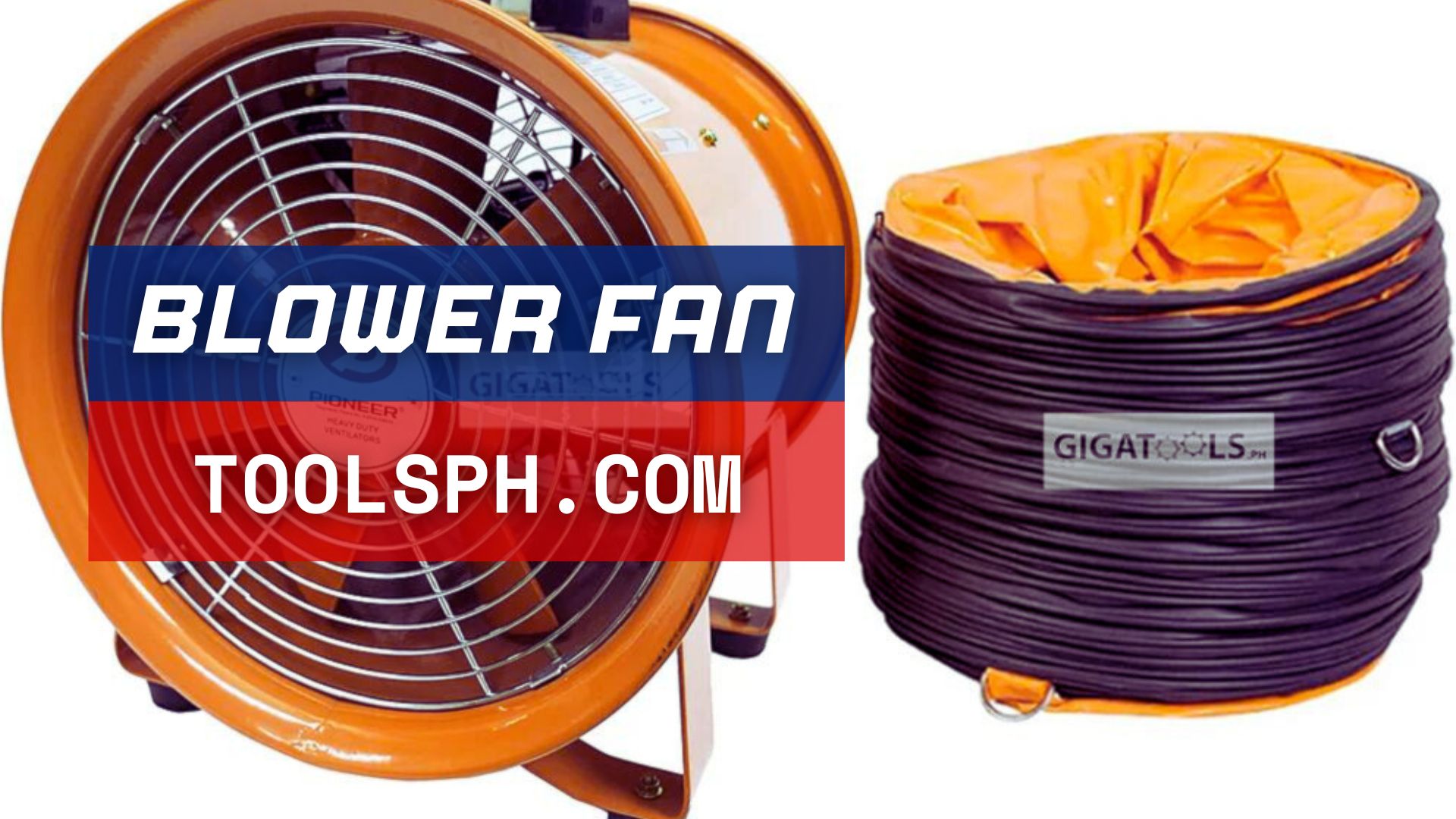A blower fan is a mechanical device that creates a focused gas or airflow. Usually, it is made up of a motor that rotates several blades or vanes inside a housing or casing. The blades draw air in and force it outward in a controlled manner as they spin, creating airflow. Blower fans find many uses, such as in HVAC (heating, ventilation, and air conditioning) systems to move air around buildings, in industrial processes to cool machinery or move materials, and in electronic devices to dissipate heat produced by their constituent parts.
Blower Fan Prices
Blower fan prices vary depending on its brand, electric current, speed, and bearing. Its price ranges from ₱117.00 to ₱269.00
| Details | Electric current | Speed | Bearing | Prices |
| MHLM | 2.85 A | 9000RPM | Double ball | ₱117.00 |
| Mingliang | 2.7 A | 12000RPM | Double ball | ₱249.00 |
| Jiwu | 2.85 A | 7000RPM | Double ball | ₱110.00 |
| Shunli | 2 A | 6000RPM | Double ball | ₱269.00 |
| YIIX | 1.2 A | 7000RPM | Double ball | ₱185.00 |
| Spaty | 2.85 A | 7000RPM | Double ball | ₱175.00 |
Advantages of Blower Fan
Effective Air Circulation – Blower fans’ large air volume movement capabilities make them perfect for applications requiring constant airflow, like industrial processes and HVAC systems.
Variable Speed Control – By having speed settings that can be adjusted, a lot of blower fans enable users to customize the airflow to meet their needs. This adaptability offers precise control over cooling or ventilation processes and improves energy efficiency.
Compact Design – Blower fans are ideally suited for installation in small spaces or as portable equipment because they are frequently lightweight and compact in comparison to other kinds of air-moving devices.
Quiet Operation – To reduce disturbances in residential, commercial, and industrial settings, modern blower fans are designed for quiet operation. In settings where background noise must be kept to a minimum, this feature is especially crucial.
Disadvantages of Blower Fan
Limited Air Pressure – Blower fans might not be able to produce as much air pressure as axial or centrifugal fans, for example. This drawback may reduce their efficiency in situations where air must be transported over longer distances or through highly resistant ductwork.
Air Directionality – Blower fans may not always be able to control the direction of the airflow. Precise air direction control can be difficult with blower fans because of their more diffuse airflow pattern compared to other fan types with directional vents or adjustable louvers.
Possibility of Overheating – Blower fans have the potential to overheat depending on their design and usage circumstances. This is particularly true if they are used continuously at high speeds or in hot conditions. Motor component failure and premature wear can be caused by overheating.
Video about Blower Fan
FAQs
What are the main applications of blower fans?
Blower fans find their use in a wide range of applications, such as air conditioning, heating, and ventilation systems in HVAC systems; material cooling, drying, or conveying processes in industrial settings; thermal management in electronic devices; and cooling and heating in automotive cabin systems.
How do I choose the right blower fan for my application?
Think about things like the need for airflow, pressure capacity, size and space limitations, noise levels, energy efficiency, and ambient conditions when choosing a blower fan. Finding the ideal blower fan for your particular requirements can be aided by speaking with an experienced engineer or supplier.
How can I reduce the noise generated by a blower fan?
Consider utilizing vibration isolation mounts, sound-absorbing materials, or enclosures, maximizing airflow paths to reduce turbulence, choosing quieter fan models, and running the fan at lower speeds when feasible to reduce the noise levels made by a blower fan.
What safety precautions should I take when using blower fans?
Observe all safety precautions recommended by the manufacturer when using blower fans, such as correct installation, electrical wiring, and operation protocols. To stop the fan from toppling over or collapsing, make sure it is firmly fixed, keep loose items and clothing away from moving parts, and check it frequently for damage or malfunctions.
Can blower fans be used for drying applications?
Indeed, blower fans are frequently used in dry applications, like removing moisture or cleaning debris from surfaces, floors, walls, and carpets. Blower fans’ high-velocity airflow can aid in hastening the evaporation of moisture and facilitate drying.


